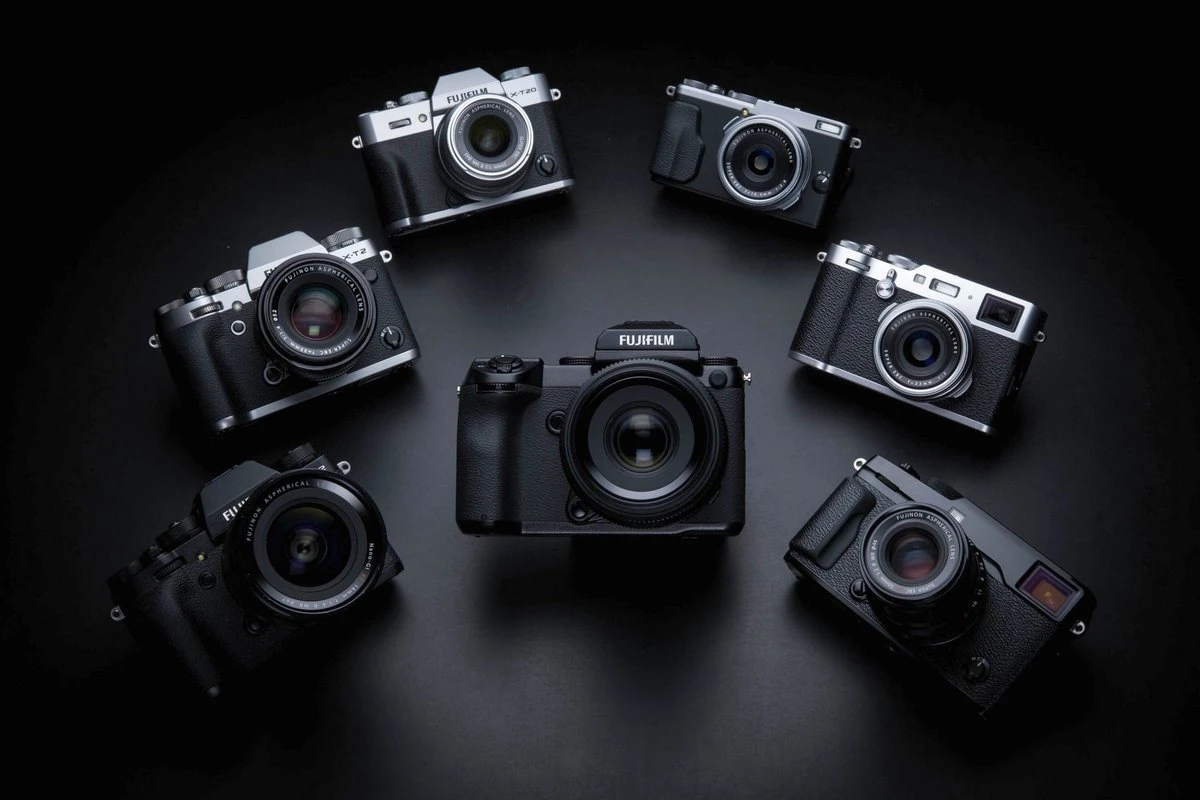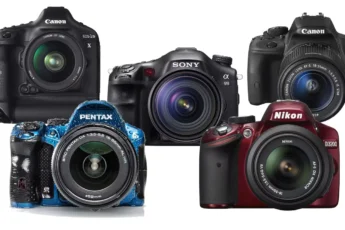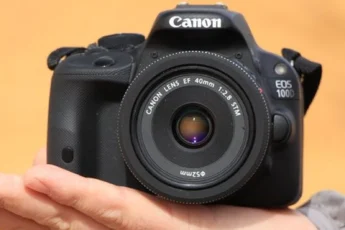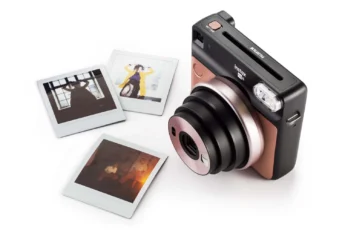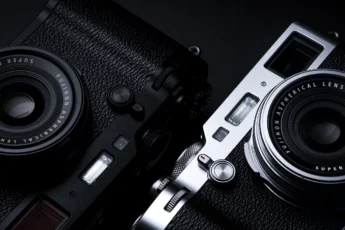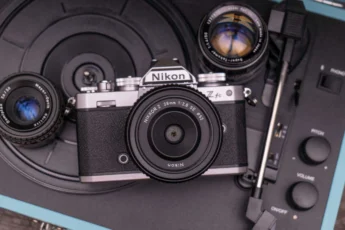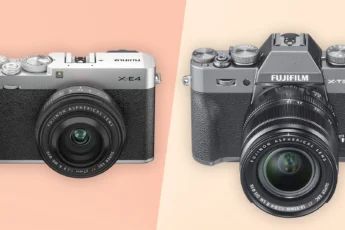Choosing the perfect camera for your photography or videography needs can be a daunting task, especially with the multitude of options available in the market. To make an informed decision, it’s crucial to understand the key criteria that distinguish the best cameras from the rest. When evaluating cameras, consider factors such as image quality, video capabilities, autofocus performance, low-light performance, ergonomics, and durability. These elements play a vital role in determining the overall performance and suitability of a camera for your specific requirements.
Image quality is often the top priority for photographers and videographers alike. Look for cameras with high-resolution sensors that can capture sharp, detailed images with excellent color reproduction. Dynamic range is another essential aspect, as it determines the camera’s ability to handle high-contrast scenes and preserve details in both highlights and shadows. Additionally, consider the camera’s low-light performance, which is crucial for capturing stunning images in challenging lighting conditions.
Video capabilities have become increasingly important in recent years, with many content creators and professionals relying on their cameras for both stills and motion. When assessing a camera’s video features, pay attention to the maximum resolution and frame rates it supports. 4K resolution has become the standard for high-quality video production, while higher frame rates like 60fps or 120fps enable smooth slow-motion footage. Also, consider the camera’s autofocus system, as reliable and fast autofocus is essential for capturing sharp video footage, especially when tracking moving subjects.
Ergonomics and durability are often overlooked but equally important factors. A camera with intuitive controls, customizable buttons, and a comfortable grip can greatly enhance your shooting experience and efficiency. Weather sealing is another valuable feature, especially for photographers and videographers who often work in challenging environments. A camera that can withstand the elements, such as moisture, dust, and extreme temperatures, ensures reliable performance in various shooting conditions.
- Overview of Best Cameras for Photography and Videography in 2024
- Factors to Consider for Photo and Video Cameras
- Ranking of Top Cameras for Photography and Videography
- Best Overall Hybrid Camera: Fujifilm X-H2s
- Best Full-Frame Hybrid Camera: Nikon Z8
- Best Budget Full-Frame Hybrid Camera: Panasonic Lumix S5 II or S5 IIx
- Best Bang-For-Your-Buck Hybrid Camera: Fujifilm X-S20
- Best Hybrid Camera for Vloggers: Sony ZV-E10
- Best Hybrid Camera for Low Light: Sony Alpha 7S III
- Detailed Reviews of Top Cameras
- Sony Alpha a6400 Mirrorless Camera
- Features and Specifications
- Pros and Cons
- Fujifilm X-T4 Mirrorless Camera
- Features and Specifications
- Pros and Cons
- Conclusion and Future Trends in Camera Technology
Overview of Best Cameras for Photography and Videography in 2024
In the ever-evolving world of digital imaging, the year 2024 brings forth a remarkable lineup of cameras that excel in both photography and videography. Among the top contenders, the Fujifilm X-H2s stands out as the best overall hybrid camera, offering exceptional performance and versatility. With its advanced autofocus system, high-resolution sensor, and impressive video capabilities, the X-H2s is a powerhouse that caters to the needs of professionals and enthusiasts alike.
For those seeking the ultimate full-frame experience, the Nikon Z8 emerges as the best full-frame hybrid camera. Its large sensor, coupled with Nikon’s renowned image processing technology, delivers stunning image quality and low-light performance. The Z8’s advanced video features, including 8K resolution and professional codecs, make it an ideal choice for filmmakers and content creators.
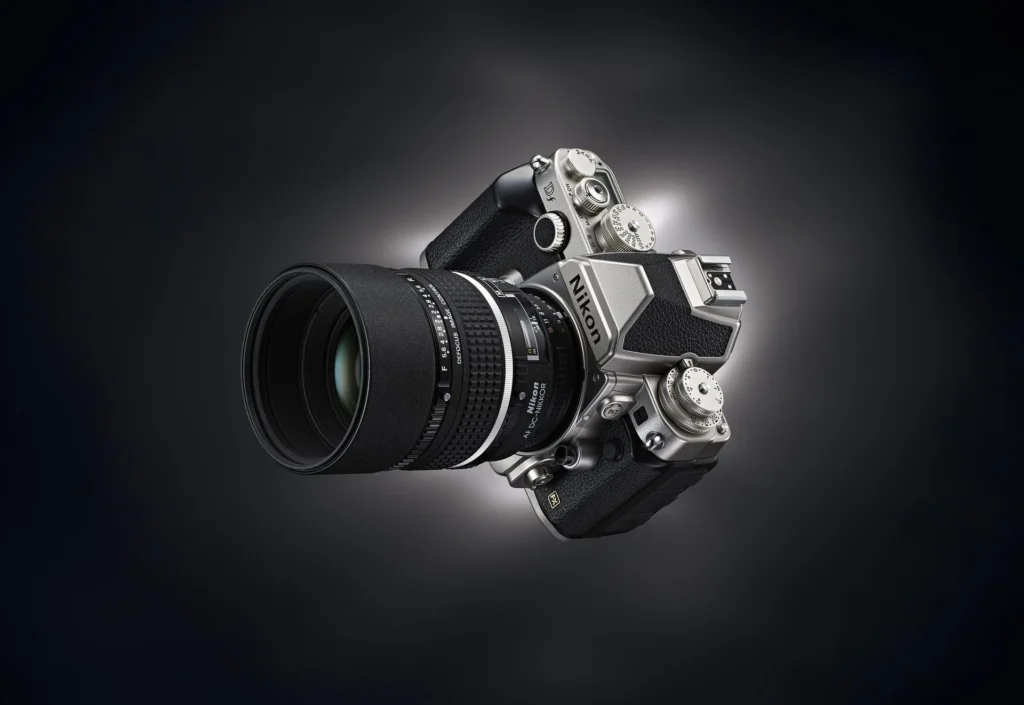
Budget-conscious photographers and videographers need not compromise on quality, thanks to the Panasonic Lumix S5 II and S5 IIx. These cameras offer excellent value for money, providing a full-frame sensor, 4K video capabilities, and a compact form factor. The Fujifilm X-S20, on the other hand, stands out as the best bang-for-your-buck hybrid camera, delivering impressive performance and features at an affordable price point.
Vloggers and content creators have a dedicated option in the Sony ZV-E10, which is specifically designed for vlogging and self-recording. With its flip-out screen, excellent autofocus, and built-in microphone, the ZV-E10 simplifies the process of creating high-quality video content. For low-light shooting, the Sony Alpha 7S III reigns supreme, thanks to its exceptional low-light performance and advanced video features, making it the go-to choice for photographers and videographers working in challenging lighting conditions.
Factors to Consider for Photo and Video Cameras
When evaluating cameras for photography and videography, several key factors come into play. One of the most crucial aspects is the sensor size and resolution. Full-frame sensors, found in cameras like the Nikon Z8 and Sony Alpha 7S III, offer superior image quality, dynamic range, and low-light performance compared to smaller APS-C or Micro Four Thirds sensors. Higher resolution sensors, such as those in the Fujifilm X-H2s and Nikon Z8, allow for greater detail and flexibility in post-processing.
Video capabilities are another essential consideration for hybrid cameras. Look for cameras that support 4K resolution, as it has become the industry standard for high-quality video production. Higher frame rates, such as 60fps or 120fps, enable smooth slow-motion footage and provide more creative options. Additionally, consider the camera’s codecs and bit rates, as they impact the quality and flexibility of the recorded video files.
Autofocus performance is crucial for both stills and video. Cameras with advanced autofocus systems, like the Fujifilm X-H2s and Sony ZV-E10, offer fast and accurate focusing, even in challenging situations. Look for features such as face and eye detection, subject tracking, and touch-to-focus, which enhance the autofocus capabilities and make it easier to capture sharp images and videos.
Lens options are another factor to consider when choosing a camera system. Cameras with a wide range of compatible lenses, such as the Nikon Z8 and Panasonic Lumix S5 II/IIx, provide greater flexibility and creative possibilities. Consider the availability of fast aperture lenses, which are essential for low-light shooting and achieving shallow depth of field.
Ergonomics and build quality also play a significant role in the overall shooting experience. Cameras with comfortable grips, intuitive controls, and customizable buttons allow for efficient and seamless operation. Weather sealing is a valuable feature for photographers and videographers who often work in challenging environments, as it ensures the camera’s durability and reliability.
Ranking of Top Cameras for Photography and Videography
Best Overall Hybrid Camera: Fujifilm X-H2s
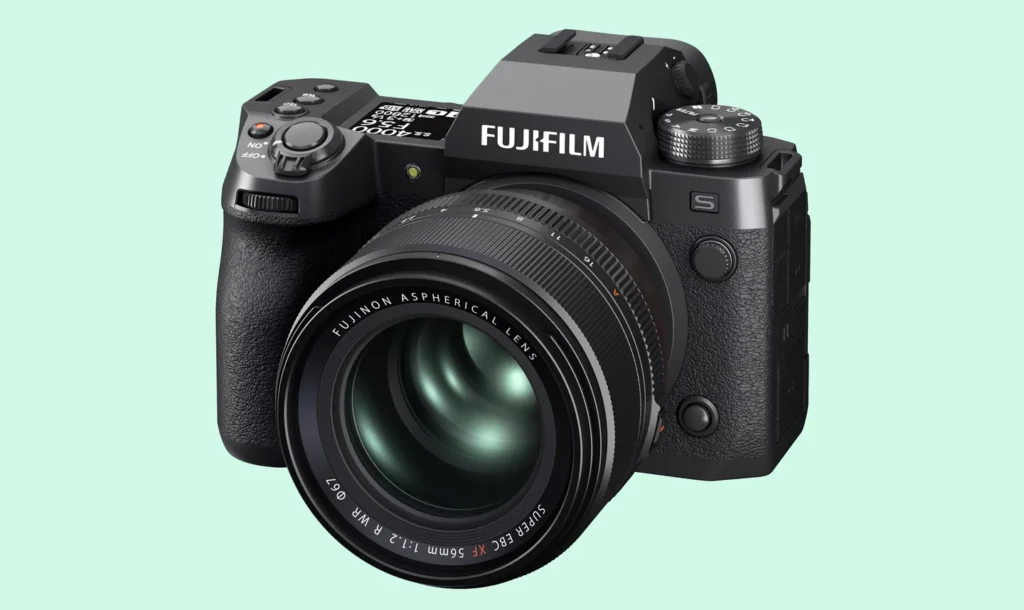
The Fujifilm X-H2s takes the crown as the best overall hybrid camera, thanks to its impressive combination of features and performance. With a 26.1-megapixel X-Trans CMOS 5 sensor and the powerful X-Processor 5, the X-H2s delivers exceptional image quality and fast processing speeds. Its advanced autofocus system, with up to 425 phase-detection points, ensures precise and reliable focusing, even when tracking fast-moving subjects. The X-H2s also excels in video capabilities, offering 6.2K resolution at 30fps, 4K at 120fps, and a wide range of professional codecs, making it a versatile tool for both photographers and videographers.
Best Full-Frame Hybrid Camera: Nikon Z8
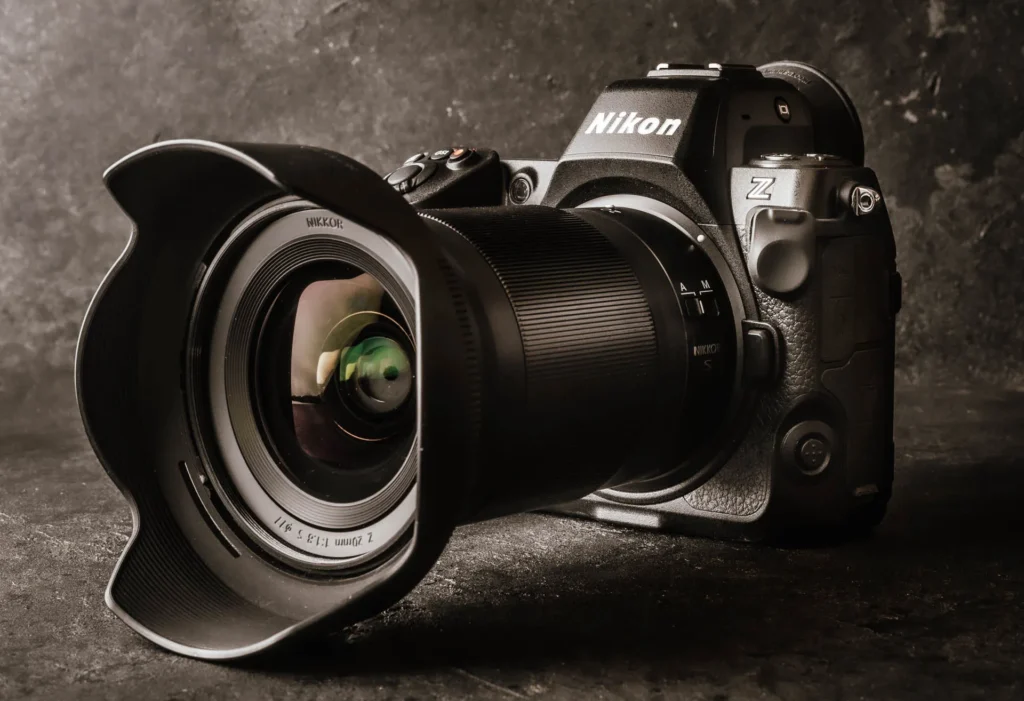
For those seeking the ultimate full-frame experience, the Nikon Z8 stands out as the best choice. Its high-resolution 45.7-megapixel sensor captures stunning detail and offers excellent low-light performance. The Z8’s advanced autofocus system, with its intelligent subject tracking and eye detection, ensures sharp focus on both stills and video. With 8K video recording capabilities and a wide range of professional video features, the Nikon Z8 is a powerhouse for filmmakers and content creators who demand the highest quality.
Best Budget Full-Frame Hybrid Camera: Panasonic Lumix S5 II or S5 IIx

The Panasonic Lumix S5 II and S5 IIx offer excellent value for money in the full-frame hybrid camera market. These cameras pack a 24.2-megapixel sensor, delivering impressive image quality and low-light performance. With 4K video recording at 60fps and a host of advanced video features, including V-Log and HDR, the S5 II and S5 IIx cater to the needs of both photographers and videographers. Their compact and lightweight design, coupled with the versatile L-mount lens system, makes them ideal for travel and on-the-go shooting.
Best Bang-For-Your-Buck Hybrid Camera: Fujifilm X-S20
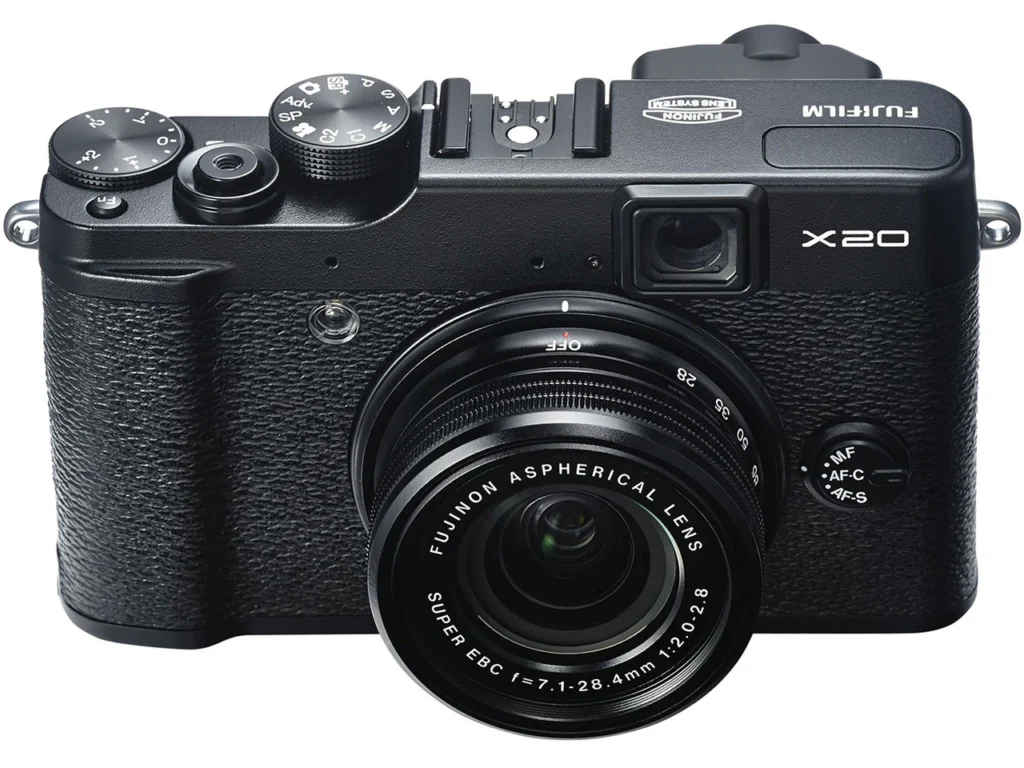
The Fujifilm X-S20 offers an exceptional blend of features and performance at an affordable price point. With a 26.1-megapixel X-Trans CMOS 4 sensor and the X-Processor 4, the X-S20 delivers stunning image quality and fast autofocus performance. Its 4K video capabilities, along with Fujifilm’s renowned Film Simulation modes, provide creative options for videographers. The X-S20’s compact and lightweight body, combined with its intuitive controls and user-friendly interface, make it an excellent choice for enthusiasts and content creators on a budget.
Best Hybrid Camera for Vloggers: Sony ZV-E10
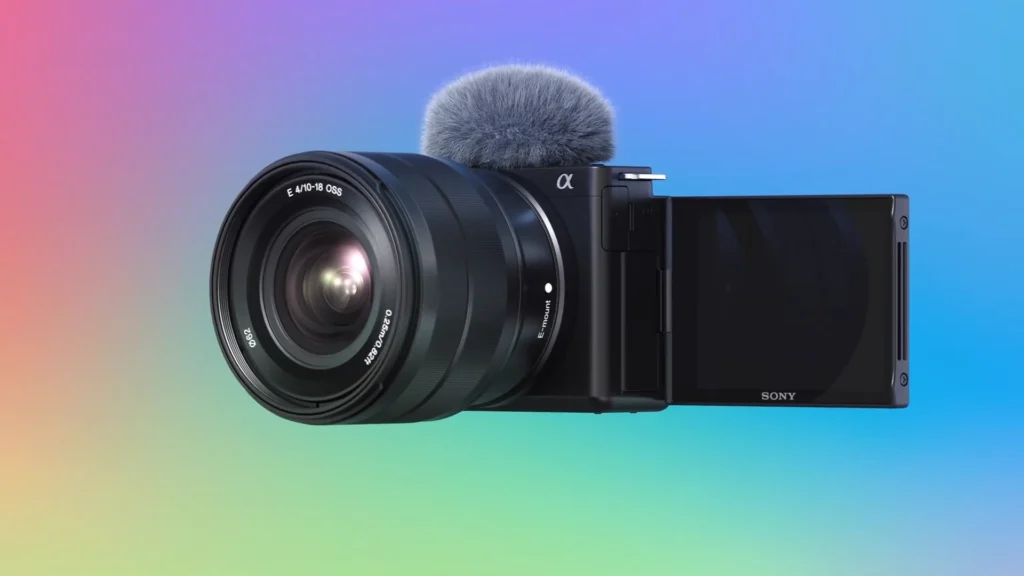
Designed specifically for vloggers and content creators, the Sony ZV-E10 offers a compelling package for self-recording and video production. Its flip-out screen, excellent autofocus system with real-time eye tracking, and built-in directional microphone make it easy to capture high-quality video content. The ZV-E10’s 24.2-megapixel APS-C sensor delivers impressive image quality, while its compact and lightweight design makes it perfect for on-the-go shooting and travel.
Best Hybrid Camera for Low Light: Sony Alpha 7S III
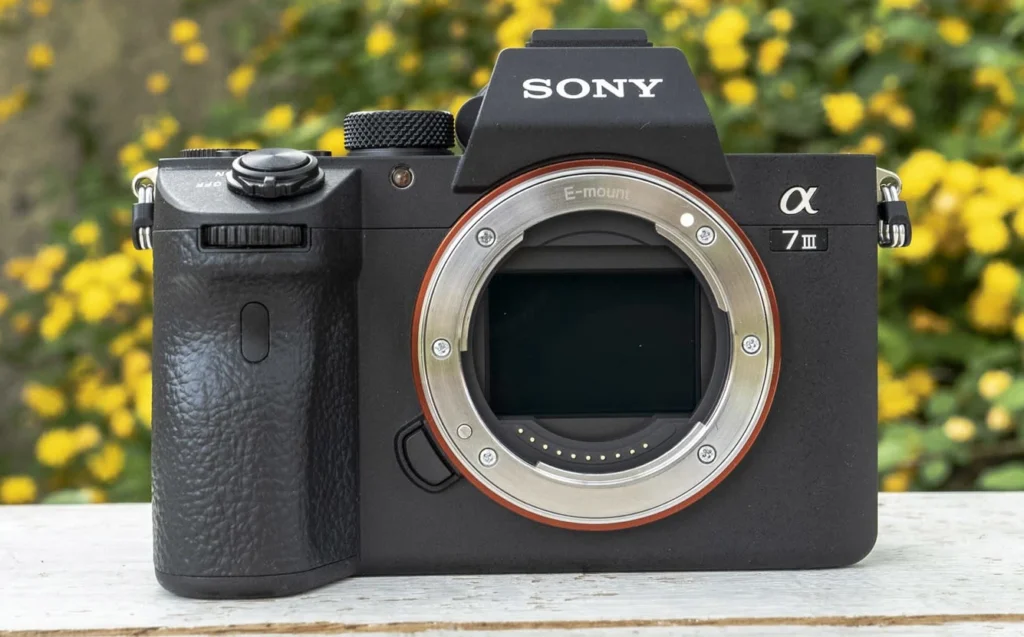
When it comes to low-light performance, the Sony Alpha 7S III is in a league of its own. With its 12.1-megapixel full-frame sensor optimized for low-light shooting, the Alpha 7S III delivers exceptional image quality and video performance in challenging lighting conditions. Its advanced autofocus system, with 759 phase-detection points, ensures accurate focusing even in dimly lit environments. The Alpha 7S III also offers impressive video capabilities, including 4K recording at 120fps, 10-bit 4:2:2 color depth, and a wide range of professional video features, making it the go-to choice for videographers and filmmakers working in low light.
Detailed Reviews of Top Cameras
Sony Alpha a6400 Mirrorless Camera
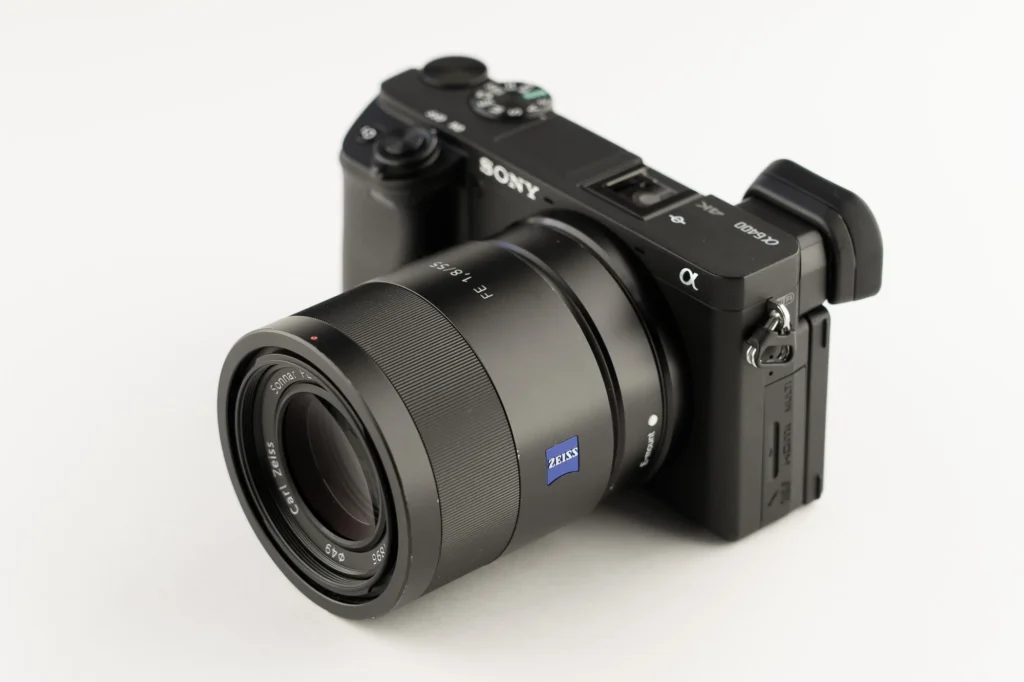
Features and Specifications
The Sony Alpha a6400 is a versatile mirrorless camera that offers an impressive set of features for both photography and videography. It boasts a 24.2-megapixel APS-C sensor, delivering sharp and detailed images with excellent color reproduction. The a6400’s advanced autofocus system, with 425 phase-detection points and real-time eye tracking, ensures fast and accurate focusing, even when tracking moving subjects. The camera also offers 4K video recording at 30fps, along with a range of professional video features, including S-Log profiles and HLG (Hybrid Log-Gamma) for HDR workflows.
Pros and Cons
One of the standout features of the Sony Alpha a6400 is its compact and lightweight design, making it an ideal choice for travel and everyday shooting. The camera’s intuitive controls and customizable buttons allow for seamless operation, while the tilting touchscreen provides flexibility for composing shots from various angles. The a6400’s impressive autofocus performance, particularly its real-time eye tracking, is a significant advantage for both stills and video.
However, the Sony Alpha a6400 does have some limitations. The camera’s battery life is relatively short compared to some of its competitors, which may require frequent battery changes during extended shooting sessions. Additionally, the a6400’s menu system can be somewhat complex and overwhelming for beginners, requiring some time to navigate and customize settings.
Fujifilm X-T4 Mirrorless Camera
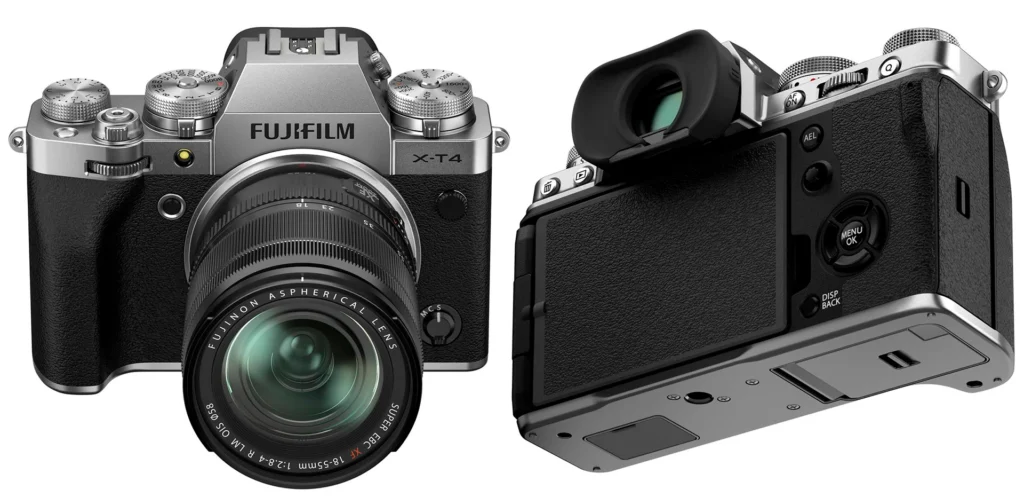
Features and Specifications
The Fujifilm X-T4 is a highly capable mirrorless camera that combines retro-inspired design with modern features. It features a 26.1-megapixel X-Trans CMOS 4 sensor, delivering exceptional image quality with Fujifilm’s renowned color science. The X-T4’s in-body image stabilization (IBIS) system provides up to 6.5 stops of stabilization, enabling sharper images and smoother video footage, even when shooting handheld. The camera offers an impressive autofocus system with face and eye detection, as well as 4K video recording at 60fps and a range of professional video features, including F-Log and 10-bit 4:2:2 internal recording.
Pros and Cons
The Fujifilm X-T4’s retro-inspired design, with its tactile dials and manual controls, provides a satisfying and intuitive shooting experience for photographers who prefer a more hands-on approach. The camera’s weather-sealed body ensures durability and reliability, even in challenging shooting conditions. The X-T4’s IBIS system is a significant advantage, allowing for stable handheld shooting and expanding the possibilities for low-light photography.
One potential drawback of the Fujifilm X-T4 is its relatively limited lens selection compared to some other camera systems. While Fujifilm offers a range of high-quality lenses, the options may not be as extensive as those available for Sony or Canon cameras. Additionally, the X-T4’s autofocus performance, while improved from previous models, may not be as advanced as some of its competitors, particularly in low-light situations.
Conclusion and Future Trends in Camera Technology
As technology continues to advance, the world of photography and videography is constantly evolving. The best cameras in 2024 offer a remarkable combination of image quality, video capabilities, and advanced features, catering to the diverse needs of content creators and professionals alike. From the versatile Fujifilm X-H2s to the low-light powerhouse Sony Alpha 7S III, there is a camera to suit every requirement and budget.
Looking ahead, the future of camera technology holds exciting possibilities. Computational photography, which leverages artificial intelligence and advanced algorithms, is set to revolutionize the way cameras capture and process images. With the integration of AI-assisted features, cameras will be able to optimize settings, enhance image quality, and even suggest creative compositions in real-time. This will empower photographers and videographers to push the boundaries of their creativity and achieve stunning results with ease.
Another trend that is likely to shape the future of cameras is the convergence of stills and video capabilities. As the demand for hybrid content grows, camera manufacturers will continue to develop models that excel in both photography and videography. This will lead to more versatile and efficient tools for content creators, allowing them to switch seamlessly between capturing stills and recording video without compromising on quality.
Advancements in sensor technology will also play a significant role in the future of cameras. With the development of higher-resolution sensors, cameras will be able to capture even more detail and dynamic range, enabling photographers to print large-scale images and videographers to create immersive, high-resolution content. Improved low-light performance will further expand the creative possibilities, allowing photographers and videographers to shoot in challenging lighting conditions with confidence.
As the world becomes increasingly connected, the integration of wireless connectivity and cloud-based services will also shape the future of cameras. Seamless wireless file transfer, remote control capabilities, and collaborative editing workflows will streamline the creative process and enable photographers and videographers to share their work with a global audience instantly.
In conclusion, the best cameras in 2024 offer a glimpse into the exciting future of photography and videography. With a perfect balance of image quality, video capabilities, and advanced features, these cameras empower content creators to bring their visions to life. As technology continues to evolve, we can expect even more innovative and powerful tools that will redefine the way we capture and share our world.

